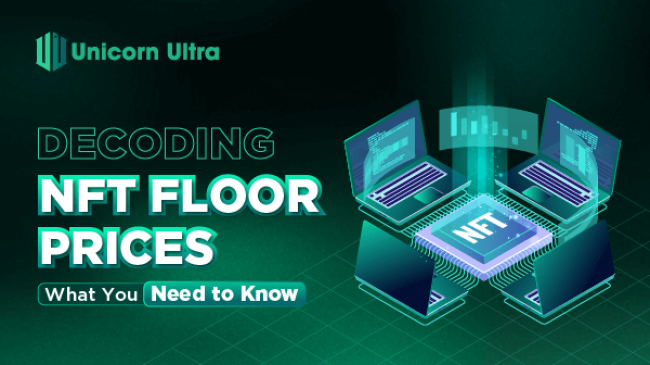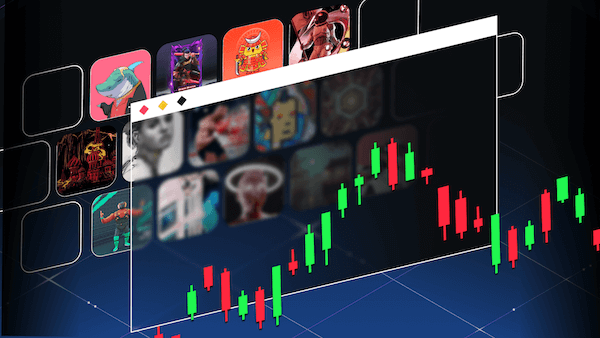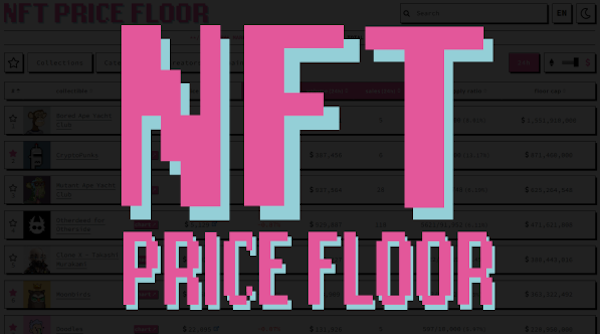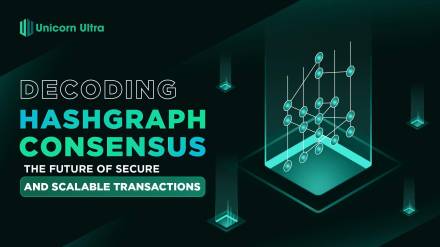Table of Contents
What Is an NFT Floor Price?
The floor price represents the minimum price at which an NFT is listed for sale within a specific NFT collection.

It serves as a baseline value for that particular NFT or collection, indicating the minimum amount a seller is willing to accept for it. The floor price can vary widely across different NFT projects and is influenced by factors like rarity, demand, and the overall popularity of the NFT collection.
The Significance of NFT Floor Price in Evaluating Value
The floor price plays a crucial role in assessing the value of an NFT for several reasons:
-
It provides a general benchmark for an NFT's value, enabling easy comparisons between different NFTs or collections.
-
It reflects the current market conditions and the level of interest in a specific NFT or collection.
-
It allows for the tracking of floor price fluctuations over time, helping users identify trends and make informed decisions regarding buying, selling, or holding onto an NFT.
-
It influences the perceived desirability and worth of an NFT, as a higher floor price often signifies greater demand and rarity.
-
It impacts market dynamics, as potential buyers may enter or exit the market based on perceived opportunities or risks associated with floor prices.
-
It affects the liquidity of an NFT, with lower floor prices potentially leading to increased trading activity and faster sales, while higher floor prices may hinder transaction volumes.
-
It serves as a reference for NFT creators and artists when pricing their work, as they may adjust their prices based on prevailing floor prices in the market.
What Is the Calculation Method for NFT Floor Prices?

The simplest method for calculating an NFT's floor price is to identify the lowest-priced NFT within a collection. The calculation of NFT floor prices is also influenced by several factors, such as:
- Rarity: Rare and unique NFTs tend to have higher floor prices. Collectors often prioritize acquiring NFTs with limited availability.
- Popularity: NFTs from well-known artists, creators, or projects often command higher floor prices due to increased demand.
- Scarcity: A limited supply of NFTs in a collection can drive up the floor price as collectors compete to own a piece from that series.
- Utility: NFTs that offer in-game or real-world utility, such as access to exclusive content or events, may have higher floor prices.
- Historical Sales: Previous sales of similar NFTs can influence the floor price. If comparable NFTs have sold for high prices, it can set a benchmark for the floor price.
Pros and Cons of Buying NFTs at Floor Price
Pros:
- Affordability: Buying NFTs at floor price is often a cost-effective way to enter the NFT market and own a piece of a collection.
- Minimal Risk: Floor-priced NFTs typically have lower price volatility compared to higher-priced counterparts, reducing the risk of substantial losses.
- Potential for Future Gains: Some floor-priced NFTs may appreciate in value over time if the project gains popularity or the collection becomes more sought after.
Cons:
- Limited Rarity: Floor-priced NFTs are usually less rare or unique, potentially offering fewer bragging rights within the collector community.
- Lower Utility: They may offer limited utility or access compared to higher-tier NFTs within the same collection.
- Market Saturation: Popular NFT collections may become oversaturated with floor-priced listings, making it harder to resell at a profit.
What Is NFT Floor Scanning?

NFT floor scanning is a practice employed by collectors and investors to identify undervalued or underpriced NFTs within a collection. It involves searching for NFTs listed at or near the floor price, often with the intention of buying them for potential resale or long-term holding. Advanced collectors use tools and algorithms to automate this process, scanning various NFT marketplaces for opportunities.
Conclusion
Understanding NFT floor prices is crucial for navigating the dynamic NFT market. It provides insights into the baseline value of NFTs within a collection and allows collectors to make informed decisions about their purchases. Whether you're a collector looking for affordable entry points or an investor seeking potential value appreciation, grasping the concept of floor prices is a valuable asset in the world of NFTs.
Additionally, NFT floor scanning techniques can offer opportunities for those who are vigilant and strategic in their approach to collecting and investing in NFTs. We hope that our article "What Is an NFT Floor Price" from U2U will provide you with the necessary information.






